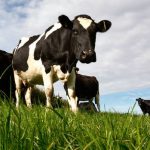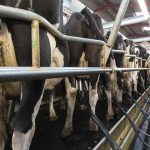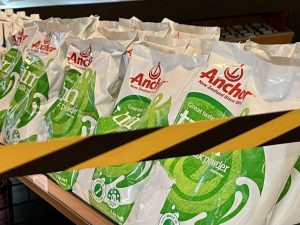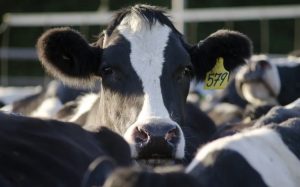
The NZX milk futures contract – designed to help farmers mitigate the risks associated with variable milk prices – has been steadily rising since January, when the dry weather started to set in.
Fonterra has forecast milk collection to fall to 1,510 million kg of milk solids for the current season due ongoing dry weather, particularly in the North Island.
The co-op’s latest forecast is slightly above last season’s collections of 1,505m kgMS – a season also impacted by poor on-farm conditions – and down from February’s forecast of 1,530m kg.
The NZX’s September 2020 milk price contract last traded at $6.80/kg, up from around $6.00/kg in January.
“The fear is that this dry weather is going to roll into next season,” Nigel Brunel, director of institutional commodities at OM Financial, said.
Brunel said the rally in the milk futures contract reflected the 22 per cent rise in the “grand daddy” of the New Zealand milk products – whole milk powder – since late last year.
Futures market pricing pointed to another lift in prices at the next sale this Wednesday, he said.
At current levels of US$3400 to US$3500 a tonne, whole milk powder production was starting to look attractive for competing dairy producers abroad, he said.
Weather agency NIWA, in its weekly report, said the North Island, from Wellington-Wairarapa to the lower Waikato, soil moisture levels had increased over the past week due to beneficial rainfall. In the north and east of the North Island, soil moisture levels had generally remained the same.
NIWA said the driest soils for the time of year were across the northern Waikato and in the Bay of Plenty.
The wettest soils for this time of year are located in Gisborne, central Hawke’s Bay, and Wellington-Wairarapa.
In the South Island, soil moisture levels were similar to this time last week.
The driest soils for the time of year are across the Buller and Tasman District as well as Nelson, where the Ministry for Primary Industries recently classified the combination of impacts of fire and drought as a medium-scale adverse event. The wettest soils for the time of year are now located in northeast Marlborough, it said.
























